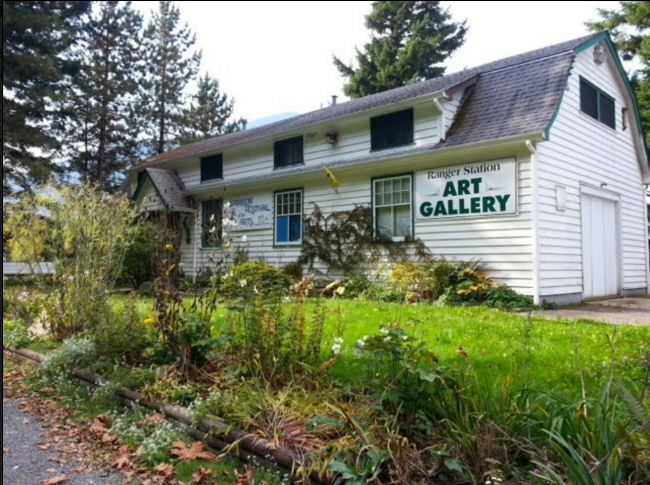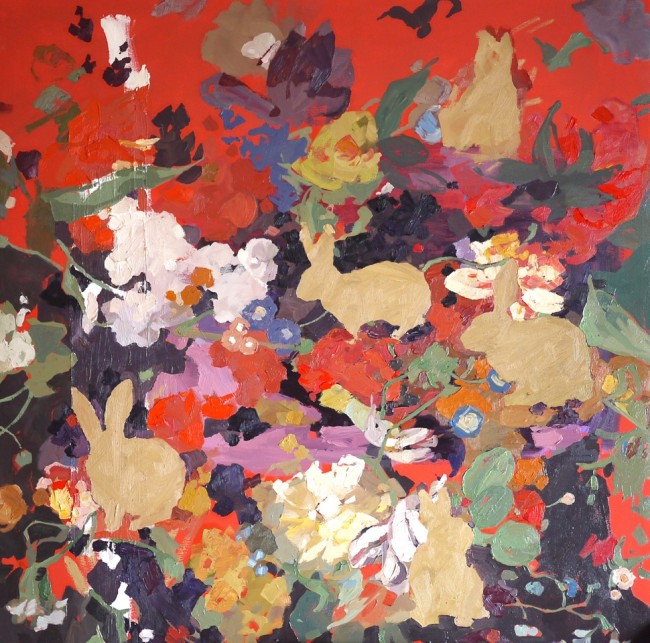For decades, an exciting redistribution of power has been underway in the contemporary art world. Artist-run spaces bypass the structure of public and private galleries, allowing artists to curate and network among themselves. These spaces often involve a combination of cooperatives, galleries, and studios. Non-profit organizations in particular focus on creating a non-commercial creative space that fosters a sense of community.
Simply put, the development of contemporary art relies less on commercial galleries than it used to. Artists have found a way to put the development of their career and public outreach into their own hands. Through these spaces, the public’s relationship with the artist has changed. The romantic stereotype of a secluded artist harbouring method and madness has become a thing of the past, as the long-standing barrier between artist and viewer dissolves. This reflects in various aspects of the art scene, including the dissipation of secrecy involving the artist’s studio and process. Some examples include:
– The exhibition of artist studios in public institutions. Joan Miro’s studio was recreated at Galeria Mayoral, and Francis Bacon’s studio was removed from London to the Hugh Lane Gallery in Dublin for permanent display.
– The creation of art becoming a public spectacle during events such as Art Battle. My favourite Victoria event, the Moss Street Paint-In, asks artists to paint on location alongside their work and may also be considered part of this category.
– The artist’s studio and process as the subject of mass media. Who doesn’t love Bob Ross’s The Joy of Painting?
There are also systems in place that offer the public glimpses of the contemporary artist’s live studio. Neighbourhood studio tours have become popular in many cities, and artist coops often welcome visitors during business hours.
But a wonderful, often untapped opportunity to meet artists in their natural habitat is at artist residencies. Artist-in-residence (AiR) programs give creative professionals the space and time to work on their practice, free from the burdens of everyday life. These programs come in a number of shapes and sizes. They may prefer to host emerging or established artists, and can vary vastly in length of time.
The cost for these programs differs as well. Hosting institutions often try to find funding to make these opportunities as affordable as possible. Artists receive meals and a stipend for the more competitive programs. Still other residencies cost a substantial sum of money and either offer a chock-full program that includes workshops and lectures, or are located somewhere that resembles a deluxe retreat. However, as an artist who is familiar with AiRs, the rental of a villa for €900 per week does not a residency make. The main requirement for the success of these programs is to offer bridge between artist and community. Recipients are often asked to take part in exhibitions at the hosting institution, give workshops to the public, or donate a piece of art to become part of a permanent collection; these programs often receive funding because they enrich the cultural history of both the institution and it’s city. But most importantly, they temporarily relocate artists to a new creative environment where they can meet other artists and discover new pockets of inspiration.
I have been fortunate to participate in two residencies. One of these I attended as a visiting international artist, after graduating from university, at Chez Robert 59 Rivoli in Paris, France. The building had survived for decades as a squat building, unofficially housing several artist studios. When it was reclaimed by the city, it was donated to an artist cooperative with the requirements that it opened its doors to the public five days a week, and that 10 of the 30 studios would be offered to visiting artists. There was an adjoining gallery space where the building’s artists exhibited their work and curated exhibitions. 59 Rivoli also opened its doors during city-wide events such as the infamous Nuit Blanche.
During visiting hours, the public wandered up the spiral staircase and around all of the studios, talking amongst themselves and taking pictures. Unofficially, some bought art to take home with them. At first, I was getting used to the space and painting with my back to the room. Two weeks into the program, I was listening to my headset when, upon turning around and reaching for paint tubes, I looked up and made eye contact with one of 15 people that had made their way into my studio. Majority of these tourists were holding cameras, several smiled sheepishly, and two turned on their heels and quickly left.
It was during this startling interaction that I discovered the public’s curiousity about the artist process. What seemed to me just another heart-wrenching day in the workplace was, for them, a look into the deep dark mystery that is an artist studio. So, I took out my earphones and started listening to people’s shy questions and hearing about their visits to the French museums. While I accomplished more work in the studio after-hours, these interactions gave the residency purpose. I felt that the artists had enriched the visitors’ trips, and in turn, the visitors influenced and inspired the artists.
This program was a perfect example of the possibilities of a successful artist-run space that was invested in a public-oriented program.
The second residency I attended was a year-long stretch with the Kent Harrison Arts Council in Harrison Hot Springs. In exchange for the residency (which includes a solo exhibition, a studio and a two-bedroom apartment), the artist is requested to attend the gallery two days a week. No fees required. The artist has full support and integration with the community, many public workshops are organized, and the artist has a substantial amount of time on location. This may be, in my opinion, one of the ‘best’ artist residencies I have ever discovered. However, this undiscovered gem will have to be elaborated on another time.
I was first concerned that a level secrecy in the artist studio works to the artist’s advantage, and that studio visits impede this position. Now I feel that de-mystification of the creative process isn’t possible. Drawing the curtains may shed light on studio habits, but watching an artist make intuitive, creative decisions will always be a magical experience. I recommend that everybody becomes familiar with artist-run spaces in their communities– reaching out to artists-in-residence will be a rewarding exchange for both you and the artist.
Image Credits
All Images Are © Anouk Jonker
 Anouk Jonker Artist Bio
Anouk Jonker Artist Bio
Born in 1989 in Uithoorn, the Netherlands, Anouk became interested in art when she started practicing portraiture in high school. She received her BFA in 2011 from California College of the Arts in San Francisco, and has since continued to develop her studio practice. She has tried to combine her passions for art and travel, participating in studio residency in Paris at 59 Rivoli and a year-long residency in Harrison Hot Springs, British Columbia. Jonker’s paintings have been exhibited internationally in countries such as Ireland, France, the Netherlands, and the United States.
Useful websites:
Artist Residencies in Victoria BC: http://www.artishowvictoria.ca/
Chez Robert 59 Rivoli: http://www.59rivoli.org/main.html
Kent Harrison Arts Council: http://kentharrisonartscouncil.com/
International listings for residencies: http://www.transartists.org/
Article about art gallery influences: http://qz.com/103091/high-end-art-is-one-of-the-most-manipulated-markets-in-the-world/
Website: http://anoukjonker.com/
Blog: BarmyFalls.BlogSpot.ca
Follow Anouk Jonker on: Instagram





Please Share Your Thoughts - Leave A Comment!